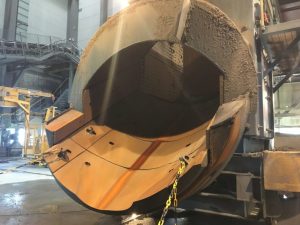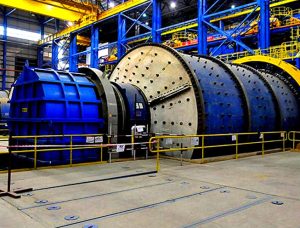Styrene Butadiene Rusbber (SBR)
During the First World War and the Second World War, due to the lack of natural rubber, a lot of research was carried out on synthetic rubber by the United States and Europe, resulting in the emergence and release of Styrene butadiene rubber (SBR).
For the first time in 1929 a German chemist with a series of Develop synthetic elastomers by using copolymerization of both the composition of styrene and butadiene in the presence of a catalyst. The first thing to do was to allow styrene and butadiene to react to each other.
These rubbers have been modified and improved over the years, and new synthetic rubbers are produced with about 25% of styrene and their rest form is butadiene, which has many common properties with natural rubber.
Styrene Butadiene Rubber have the highest volume of synthetic rubber production in the world and are the most common type of synthetic rubber.
Properties of Styrene Butadiene Rubber
- This type of rubber is usually very weak unless reinforcing fillers are incorporated. With suitable fillers, this becomes a strong rubber.
- It has similar chemical and physical properties like natural rubber.
- It has better abrasion resistance.
- It has poorer fatigue resistance.
- Heat resistance is better than natural rubber.
- Low temperature flexibility and tensile strength are less than that of natural rubber.
Typically, these types of rubbers are classified in the category of not so strong rubbers. Therefore, in order to strengthen this rubber, a reinforcing fillers must be added. By adding suitable fillers, styrene butadiene rubber can be made of a strong rubber.
- In terms of chemical and physical resistance, this rubber has the same characteristics as natural rubber
- It has a relatively good resistance to abrasion
- There is not much resistance to erosion and fatigue
- Against heat, it has better resistance than natural rubber
- In terms of temperature, it does not have the flexibility and tensile strength and is weaker than natural rubber in this regard.
Types of Uses of Styrene Butadiene Rubber in Different Industries
styrene butadiene rubber has been used extensively in synthetic rubber in the industry. With the increasing growth of the automotive industry, demand for rubber has also increased significantly.
For this reason, many experiments and attempts were made to produce synthetic or man-made rubber. Despite the production of synthetic rubber, the first type of synthetic rubber was not comparable to natural rubber. But efforts continued until 14 types of synthetic rubber were made that had properties comparable to those of natural rubber and were, in some respects, superior.
styrene butadiene rubber or SBR is one of the many types of rubber that could be the most common and cheapest type of synthetic rubber used in the industry, which was consistent with the principles of production. This rubber is used as rubber-like rubber in many products and industries.
SBR rubbers are used to manufacture various types of hoses and many other products. One of the most commonly used areas of SBR rubber is the use of this rubber for tire production, with resistance tires and tread rubber also being produced.
At present, 76% of global tire consumption comes from this type of synthetic rubber. Other uses of SBR rubbers in the industry include the use of these rubber in the mechanical, automotive, and other industries, including adhesives, floor tiles, shoe soles, and so on.
It is also used in the manufacture of adhesives and chewing gum in the rubber industry, and is known for growing consumption and markets of styrene-butadiene rubber.
چقدر این پست مفید بود؟
روی یک ستاره کلیک کنید تا به آن امتیاز دهید!
میانگین امتیاز 0 / 5. شمارش آرا: 0
No votes so far! Be the first to rate this post.




